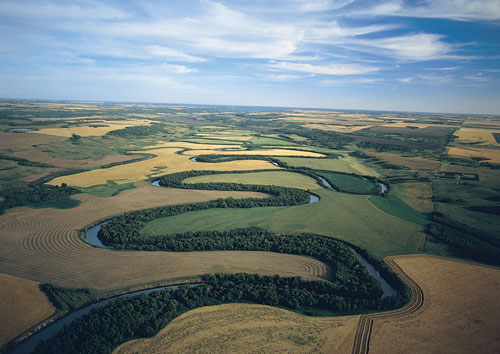This is a result that caught me by surprise, and no doubt quite a few others. In 2000 and 2001, there were record high returns of pink salmon in the Broughton Archipelago. In 2002 and 2003, the returning pinks were only 3 and 12% of the previous runs respectively. In 2001, the juvenile pink salmon were found to be covered in lice, about 90% of the juveniles were carrying. The salmon returns plummeting, and the high louse counts lead to a hypothesis that fish farms were the cause, a reasonable hypothesis. This prompted groups like the Georgia Straight Alliance, and the Suziki Foundation to call for measures, such as fallowing and closed containment farms replacing open net pens.
There was even some high profile papers published.
Fast forward to today. A new study, published in Proceedings of the National Academy of Sciences has examined 60 years of population counts of pink salmon, 20 years of farm production data, and ten years of sea lice counts from every farm in the Broughton Archipelago, and found that there is no relationship at all between sea lice counts in the farms, and the returns of pink salmon. There were some strong associations in between though. For example, the number of returning pinks is an excellent predictor of lice counts on the farms. As the adult pinks migrate past the farms, the lice jump to the net pens. Also, there is a strong correlation between the lice counts on the farm, and those on the juvenile salmon. But, the causal relationship breaks down for predicting returning salmon.
Pink salmon have even and odd year classes. They enter the marine phase early for a salmonid, at less than a gram of body size. They then return to their home river after two years spent in the marine environment, without fail. This is important, because if the cause is sea lice from farms, then the counts from farms in 2000 should predict the returns in 2002, the counts in 2001 should predict the returns in 2003, etc.
When all the data was poured over, this relationship was missing. The 2001 returning class which was so huge, was exposed to more sea lice as juveniles than the 2002 class of juveniles was.
Back to the drawing board!
There was even some high profile papers published.
Fast forward to today. A new study, published in Proceedings of the National Academy of Sciences has examined 60 years of population counts of pink salmon, 20 years of farm production data, and ten years of sea lice counts from every farm in the Broughton Archipelago, and found that there is no relationship at all between sea lice counts in the farms, and the returns of pink salmon. There were some strong associations in between though. For example, the number of returning pinks is an excellent predictor of lice counts on the farms. As the adult pinks migrate past the farms, the lice jump to the net pens. Also, there is a strong correlation between the lice counts on the farm, and those on the juvenile salmon. But, the causal relationship breaks down for predicting returning salmon.
Pink salmon have even and odd year classes. They enter the marine phase early for a salmonid, at less than a gram of body size. They then return to their home river after two years spent in the marine environment, without fail. This is important, because if the cause is sea lice from farms, then the counts from farms in 2000 should predict the returns in 2002, the counts in 2001 should predict the returns in 2003, etc.
When all the data was poured over, this relationship was missing. The 2001 returning class which was so huge, was exposed to more sea lice as juveniles than the 2002 class of juveniles was.
Back to the drawing board!
